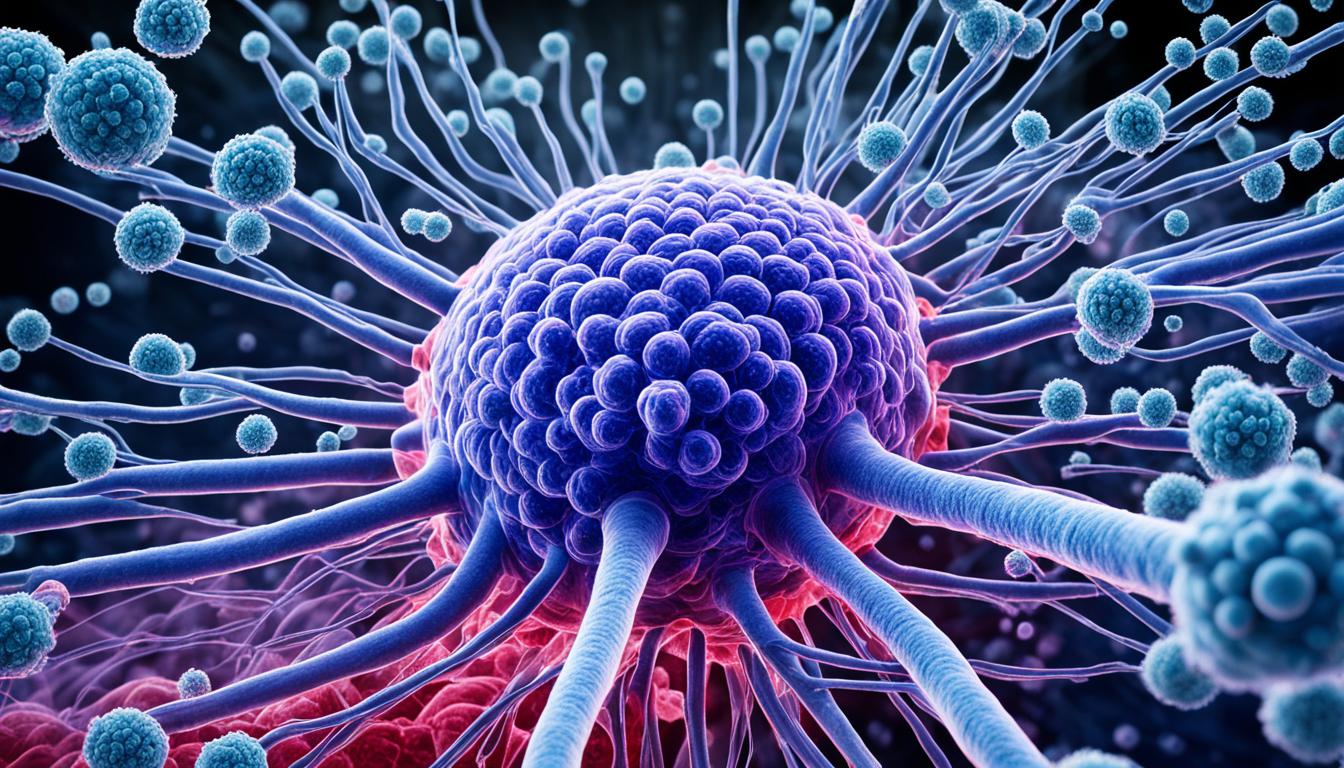In March 2009, Mexico faced a swine flu outbreak. This outbreak spread around the world fast. The disease, known as H1N1 or swine flu, is caused by the H1N1 virus. This virus is a new kind of flu virus. It spreads easily from person to person through coughing or sneezing.
Initially, the WHO called it “human-infected swine influenza.” However, they later changed the name to “Influenza A (H1N1)” to prevent confusion. By 2010, more than 16,000 people had died worldwide from this flu.Virus name.
H1N1 is a type of influenza virus. It is a RNA virus from the Orthomyxoviridae family. This family includes viruses that cause flu. H1N1 has different proteins and genes from other flu viruses.
People with H1N1 may have a fever, cough, sore throat, and body aches. They might also feel very tired. For some, the flu can cause pneumonia. This is more common in people with weak immune systems.
It’s important to diagnose H1N1 flu early. This helps stop the virus from spreading. Doctors use special tests to check for the flu.
Stem cell therapy might help treat severe H1N1 cases. Studies show that it can help lungs heal. This therapy uses special cells to reduce lung inflammation.
Key Takeaways:
- H1N1 flu, also known as swine flu, is caused by the swine-origin influenza A (H1N1) virus.
- The virus is highly contagious and primarily transmitted through direct and indirect contact or the respiratory tract.
- Common symptoms include fever, cough, sore throat, body aches, and fatigue.
- Early diagnosis is important for prompt management and prevention of transmission.
- Stem cell therapy holds promise as a potential treatment for severe cases of H1N1 flu.
Transmission and Prevalence of H1N1 Flu
Influenza A (H1N1) is a very catchy virus. It mainly spreads through coughs and sneezes. The droplets released carry the virus. If these droplets land on a surface and someone touches it, they might get sick.
The nose, throat, and lungs are where H1N1 starts its work. It gets in by using the cells in our breathing system. This makes us feel sick with symptoms like fever, cough, and body pain.
People already with H1N1 are the biggest risk to others. But here’s the catch – those who don’t look sick can still pass the virus. So, it’s hard to stop its spread because some people don’t know they have the flu before it shows in their health.
Though anyone can get H1N1, some groups face worse risks. This includes pregnant women, young kids, and those with lung or heart issues. Also, people with weak immune systems might get even sicker. For them, it can lead to dangerous complications.
The H1N1 outbreak began in 2009 in Mexico. In a flash, it went worldwide. The WHO called it a pandemic. Since then, it comes back seasonally, sometimes more serious than others.
Experts look at who the virus affects, where, and when. This study helps governments plan ways to keep people safe from H1N1.
| Populations Susceptible to H1N1 Flu | High-Risk Populations for Severe Illness |
|---|---|
|
|
Stem Cell Therapy for H1N1 Flu and Future Outlook
Acute lung injury (ALI) is a severe condition. It can happen because of viral infections like the flu and coronavirus. Right now, there aren’t many ways to treat ALI from viruses. But, stem cell therapy could be a key treatment for ALI caused by these viruses.
MSCs, a type of stem cell, show hope in fighting lung injuries from viruses. They help the immune response and repair tissues. This can lower inflammation and help the lungs heal faster.
Research on animals has shown MSCs can help in flu-induced lung injury. They come from places like bone marrow and umbilical cords. These cells can fight off the virus, lower inflammation, and make the lungs work better.
Stem cell therapy offers hope for treating serious flu and coronavirus lung injuries. But more research is vital to understand its full potential. We must also look at other treatments for these viral infections. Future studies will show if stem cell therapy is safe and effective for such diseases.

